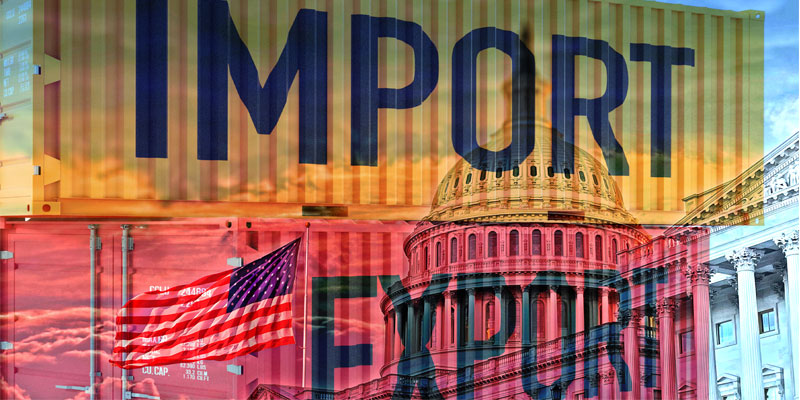
China’s exporters are proving remarkably adaptable, reshaping global trade flows in response to U.S. tariffs and shifting trade policy.
While direct shipments to the United States have slowed, China has rapidly expanded exports to Europe, Asia, and emerging markets, reinforcing its influence in global commerce and creating new dynamics that American importers, manufacturers, and retailers must now track.
In the face of higher tariffs, Chinese manufacturers have expanded their customer base, achieving record sales to India, Africa, and Southeast Asia. Exports to Europe have climbed beyond pre-pandemic levels, while Chinese electric vehicle and technology shipments continue to find strong global demand.
This transformation signals a broader structural change in world trade. China is striving to be less dependent on U.S. consumption and increasingly positioned at the center of a multipolar trading system that offers both challenges and openings for American businesses.
Asia Strengthens Supply Chain Links
India has emerged as one of China’s fastest-growing export destinations as global brands shift production to the subcontinent but continue to rely on Chinese components and tooling. Southeast Asia, too, is absorbing more shipments, fueling regional manufacturing and reinforcing cross-border supply networks that ultimately serve global markets, including the U.S.
Europe Becomes a Major Growth Hub
Europe has become a key outlet for China’s exports. Despite selective tariffs, European demand for electric vehicles, consumer electronics, and advanced components remains strong. The euro’s strength against the yuan has improved Chinese price competitiveness, while European importers diversify sourcing to balance resilience and cost efficiency creating a wider, more flexible global trade network.
The U.S. Still Sets the Tone
Although China’s direct exports to the U.S. have declined, American demand continues to shape global trade patterns. Many goods still reach the U.S. indirectly through partner countries, and Washington’s negotiations with allies are influencing how other governments manage their trade relationships with Beijing. This measured approach has helped prevent wider disruption and provided businesses with time to adapt to new sourcing realities.
China’s rapid export realignment highlights the adaptability of global supply chains and the enduring strength of worldwide demand. Trade is not collapsing, it’s evolving. For American importers, manufacturers, and logistics providers, this presents an opportunity to diversify suppliers, stabilise costs, and access competitive new markets.
The direction is clear: global trade is becoming more balanced, interconnected, and opportunity-driven. The question for U.S. companies is how to position themselves to benefit from it.
To stay competitive in a changing trade environment, U.S. importers and exporters should review sourcing strategies and explore new market opportunities created by China’s global realignment.
For tailored insights and supply chain support, EMAIL our VP, Adam Davies.





